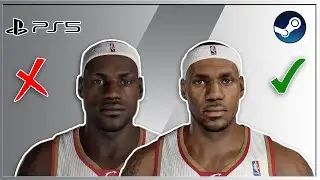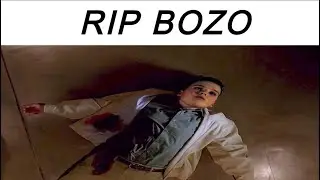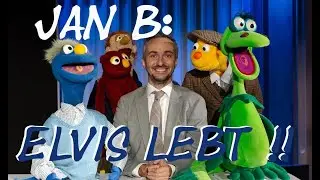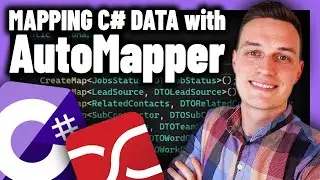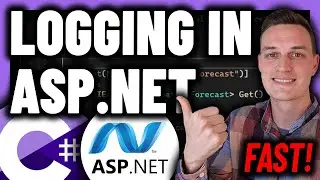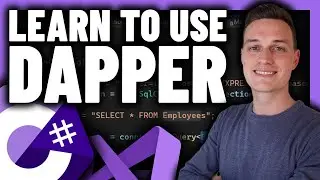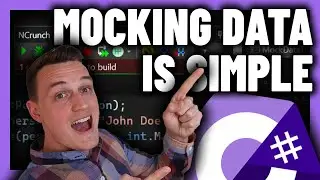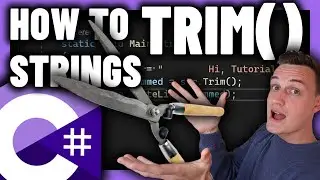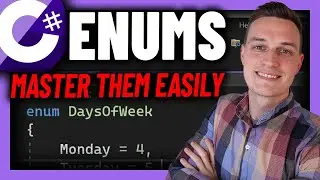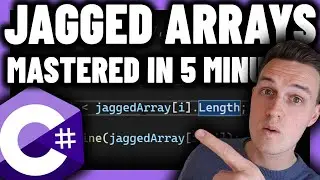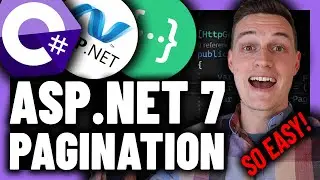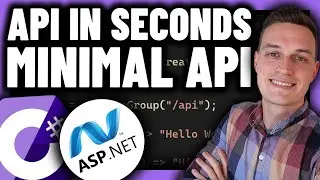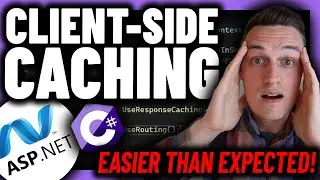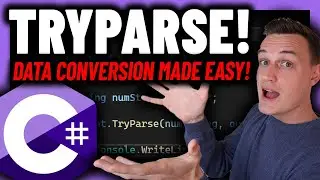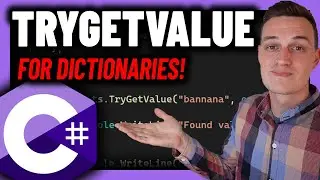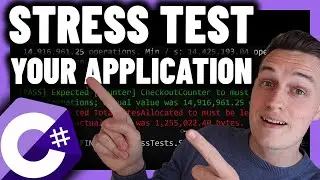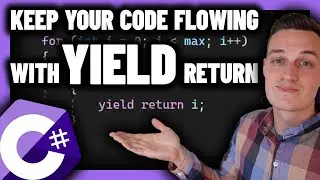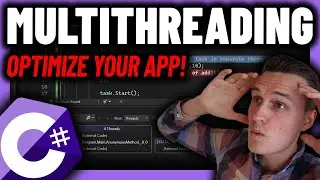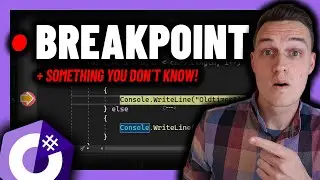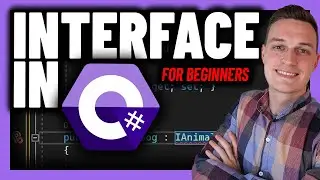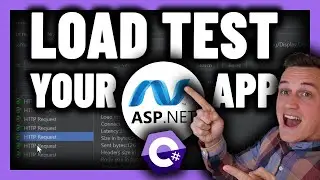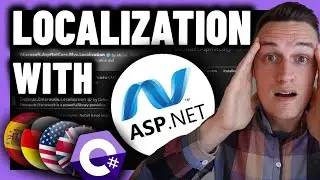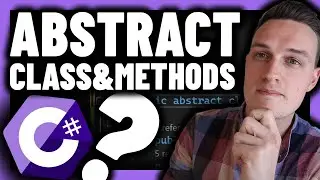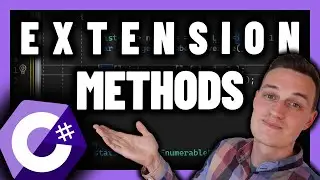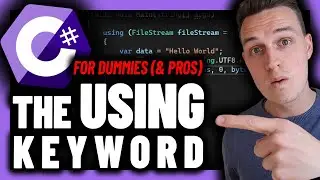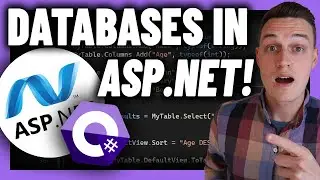Master CONTROL BUTTONS and EVENTS in WPF with this simple video!
Master CONTROL BUTTONS and EVENTS in WPF with this simple video! Start your WPF Career with this first video in our Youtube Course for CSharp and the Windows Presentation Foundation. Follow along in the Playlist! • Windows Presentation Foundation - WPF...
Here are the links by the way!
· Check out the C# Masterclass: https://bit.ly/38xC6WW
· Check out the WPF Masterclass: http://bit.ly/2PZIpMn
· FREE C# Download 9 MUST have .NET Developer tools: https://page.tutorials.eu/tools
We´ll make sure to make a Developer out of you In no time!
☕ You can also support us now by buying us a coffee! ☕ https://www.buymeacoffee.com/tutorialsEU
And we promise to create more cool content for you!
WPF guide for beginners series - in this episode we will cover Control TextBox
Learn how to build desktop applications and create Control TextBox
The button class Represents a Windows button control, which reacts to the Click event.
Examples
The following example shows three buttons that respond to clicks in three different ways.
Hover: the first button changes colors when the user hovers with the mouse over the button.
Press: the second button requires that the mouse be pressed while the mouse pointer is over the button.
Release: the third does not reset the background color of the buttons until the mouse is pressed and released on the button.
Remarks
The Button class inherits directly from the System.Windows.Controls.Primitives.ButtonBase class.
Content Model: Button is a ContentControl. Its content property is Content.
Handle the ButtonBase.Click event to respond when the user clicks a Button.
The OnMouseLeftButtonDown method marks the MouseLeftButtonDown event as handled. To respond to the MouseLeftButtonDown event, attach an event handler to the PreviewMouseLeftButtonDown event, or call AddHandler(RoutedEvent, Delegate, Boolean) with handledEventsToo set to true.
Customizing the Button Control
To apply the same property settings to multiple Button controls, use the Style property. You can modify the default ControlTemplate to give the control a unique appearance. For more information about creating a ControlTemplate, see Customizing the Appearance of an Existing Control by Creating a ControlTemplate. To see the parts and states that are specific to the Button, see Button Styles and Templates.
Windows Presentation Foundation Guide for Beginners
Learn to use WPF, XAML
Create beautiful clean apps using Windows Presentation Foundation
Create a desktop application using WPF XAML
How to create an app with WPF
Learn to build desktop application
Use Textblock control in WPF
Windows Presentation Foundation is a UI framework that creates desktop client applications. The WPF development platform supports a broad set of application development features, including an application model, resources, controls, graphics, layout, data binding, documents, and security.
WPF is part of .NET, so if you have previously built applications with .NET using ASP.NET or Windows Forms, the programming experience should be familiar. WPF uses the Extensible Application Markup Language (XAML) to provide a declarative model for application programming.
Extensible Application Markup Language (XAML) is a declarative language that's based on XML. XAML is used extensively in the following types of applications to build user interfaces:
Windows Presentation Foundation (WPF) apps
Universal Windows Platform (UWP) apps
Xamarin.Forms apps
TextBlock is not a control, per se, since it doesn't inherit from the Control class, but it's used much like any other control in the WPF framework, so we'll call it a control to keep things simple.
The TextBlock control is one of the most fundamental controls in WPF, yet it's very useful. It allows you to put text on the screen, much like a Label control does, but in a simpler and less resource demanding way. A common understanding is that a Label is for short, one-line texts (but may include e.g. an image), while the TextBlock works very well for multiline strings as well, but can only contain text (strings). Both the Label and the TextBlock offers their own unique advantages, so what you should use very much depends on the situation.
Check out the video for more on this! Good luck!
#WPF #DotNet #csharp #c #tutorial #code #programming #tutorialseu
tutorialsEU offers you free video tutorials about programming and development for complete beginners up to experienced programmers.
This includes C#, Unity, Python, Android, Kotlin, Machine Learning, etc.
Stay tuned and subscribe to tutorialsEU: https://goo.gl/rBFh3x
Android: / @tutorialseuandroid
C#: / @tutorialseuc
Unity: / @tutorialseuunity
Facebook: / tutorialseu-109380204093233
LinkedIn: / tutorialseu
Discord: / discord

![Complete online adult ballet center [30 minutes]](https://images.videosashka.com/watch/IgZEpRMQ-cE)
